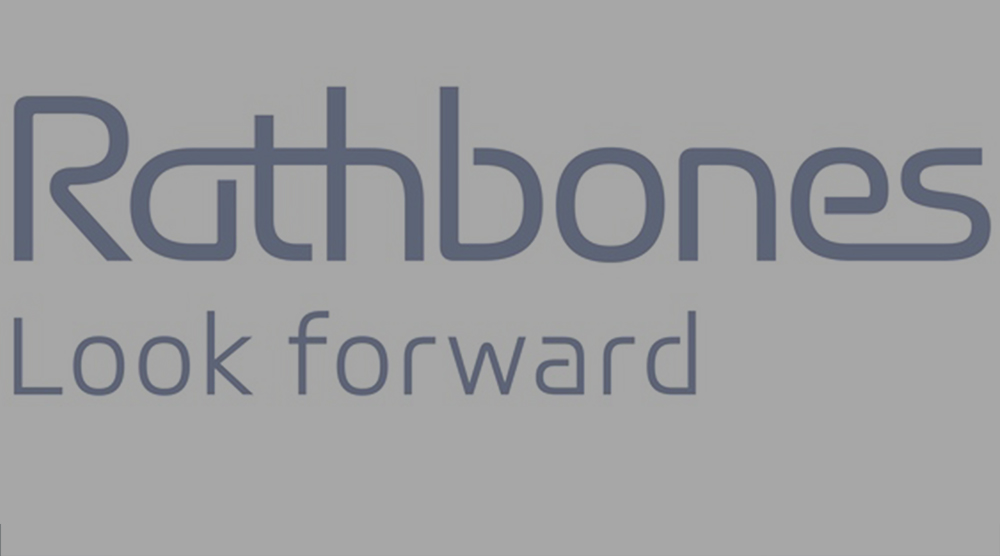Rathbones is one of the UK’s leading providers of investment management services for individuals, charities and professional advisers. Before becoming an investment management house, Rathbones was a timber merchant business established by the Rathbone family in Liverpool, in the 1720s. Subsequent generations then went into shipping and overseas trade, moving into managing money at the beginning of the last century. Rathbones now has 15 offices across the UK and Jersey, and just over 1000 employees. The core ethos of Rathbones is the ability to adapt and change, which is very much evidenced by its history.
In early 2016, Rathbones set about launching a brand new Luxembourg based SICAV, as part of a master-feeder structure. The master-feeder fund structure is commonly used to pool assets from both foreign and local investors in order to keep costs down, achieve better economies of scale and better tax efficiencies. Investors place their money in one of several funds known as ‘feeders’. The feeders, in turn, invest their assets in one ’master fund’, which makes all the investment decisions for the portfolio.
Once launched, orders were to be sent from the feeder range in Luxembourg to the master fund in the UK. Price confirmation would then need to be sent to the custodian of the funds to allow them to settle the order. The complexity of this structure created some operational challenges, meaning that much of the processing would have to be entirely manual, involving, for example, staff having to send faxes to multiple trading participants.
The challenge: “fat finger syndrome”
When investigating the required operational processes to manage the new master-feeder fund, Rathbones knew that it was essential to maximise efficiencies through automation. “Manual processing makes me nervous,” commented Suman Sharma Rathbones’ Head of Operations. “It would be very easy to fall victim to ‘fat finger syndrome’, which, for obvious reasons, I want to avoid.”
It was also a question of freeing up members of staff. Whereas Rathbones currently has two team members working on processing these orders, it probably would have taken three team members performing these manual tasks.
The solution: building on existing trusted relationships
Rathbones uses Calastone to service those clients buying funds from Rathbones, meaning a good relationship was well established. Rathbones then decided to extend that relationship by subscribing to Calastone’s Trade Notification solution in order to automate settlement instructions to the custodian.
“We decided to go to Calastone because they seemed quick and efficient,” continued Suman. “Now with Trade Notification automation in place, we can complete in only 15-20 minutes most days.”
On-boarding and implementation process
“The on-boarding team was very good, and a lot of effort was put in by Calastone,” said Suman. Calastone visited Rathbones’ offices to help explain how the system works and also communicated via Webex in order to guide the Rathbones’ Operation Team throughout the implementation process. Features of Calastone’s Trade Notification product, such as pre-populated areas, have helped Rathbones to become very efficient with their trade entry. “The support is extremely good as well. People are always on hand if we need them,” continued Suman.
Efficiencies through automation
It is important to Rathbones’ clients that they have the ability to adapt to client needs and respond to the various challenges that the industry faces. Now a FTSE 250 company, Rathbones focuses on client service, whether on the private client or unit trust side, and it aims to inspire a level of service that encourages client recommendation. Rathbones prides itself on its historical ability to adapt and change, which is evidenced today in its approach to finding efficiencies through modern automation.
“In operations, we prefer that as many processes are converted to automation as possible, “concluded Suman “Automation is key, and that is what has been delivered to us. Had we not worked with Calastone, we would have been double or triple-checking faxes – not an efficient use of time and resources by anyone’s standards.”
Suman Sharma is Director, Operations Relationship Management, Rathbone Unit Trust Management. The views expressed in this interview are her own and do not constitute an endorsement by Rathbones Brothers Plc.
Rathbone Brothers Plc, through its subsidiaries, is a leading provider of high-quality, personalised investment and wealth management services for private clients, charities and trustees. This includes discretionary investment management, unit trusts, financial planning, trust and company management and banking services. As at 30 June, 2016, Rathbone managed £30.6bn of funds (as at 30 June, 2016) for individuals, charities and trustees. For further information, please visit: www.rathbones.com




















